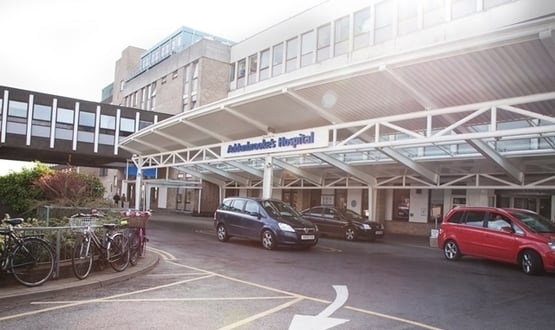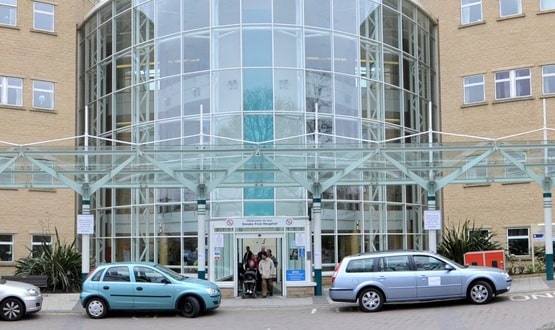Cambridge University Hospitals achieves HIMSS Stage 7
- 22 October 2020

Cambridge University Hospitals NHS Foundation Trust (CUH) has achieved HIMSS Stage 7 – the highest rating of the HIMSS Analytics international Electronic Medical Record Adoption Model (EMRAM).
An assessment was hosted virtually on 15 and 16 October 2020. HIMSS inspectors observed clinical staff from various areas of Addenbrooke’s and The Rosie hospitals using the Trust’s Epic electronic patient record system, electronic data and analytics, to demonstrate how digital use is embedded within their clinical practice for patient care.
Dr Afzal Chaudhry, Consultant Nephrologist and Director of Digital at the trust, said: “We are absolutely delighted to be formally recognised as a Stage 7 trust – an accolade currently held by only six other European healthcare institutions.
“This recognition reflects how our clinicians and clinical teams across our hospitals are using advanced technologies, data and analytics, as part of their everyday clinical practice to support the care that they give to our patients.”
During the inspection, technology-enabled clinical practice to ensure patient safety was also demonstrated to the inspectors, including medication administration, specimen collection, the administration of communally stored human milk, and blood transfusion – all of which are key components of EMRAM Stage 7.
HIMSS (Healthcare Information and Management Systems Society) is an international organisation which supports hospitals to benchmark and improve their use of digital technology, through various digitalised healthcare adoption models, ranging from 0-7. In September, Digital Health News reported on how Great Ormond Street Hospital had achieved HIMSS Stage 7.
Dr Ewen Cameron, executive director of improvement and transformation at the trust, added: “Achieving Stage 7 means that we have developed and fully adopted the use of technology and data as part-and-parcel of everyday clinical practice, but this is really only the beginning for us.
“We are dedicated to continuous improvement, and for that reason we are building upon what we now have. We are continuing to harness digital technologies and capabilities to further optimise patient care, safety and effectiveness of our services for many years to come.”




